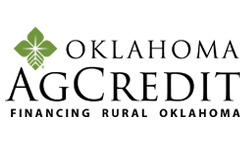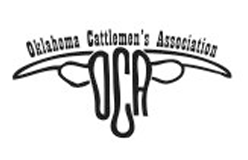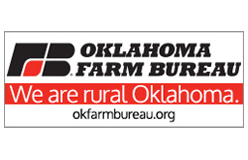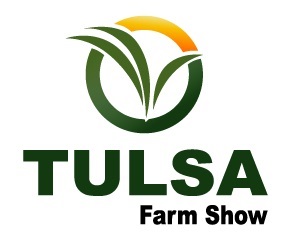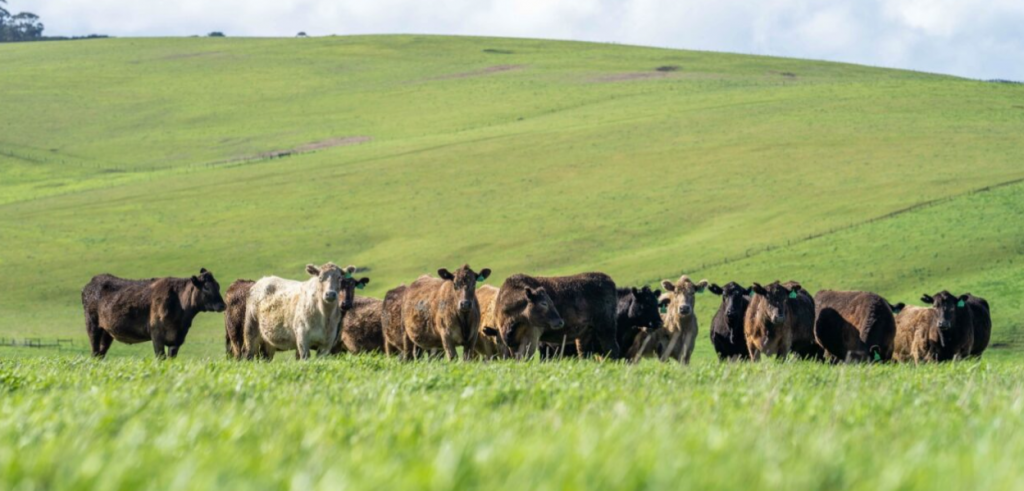
Genetic selection has driven improved growth, carcass weight, and milk production in beef cattle. In many livestock species, intensive selection for production traits has been shown to reduce disease resistance and weaken immune function, raising concerns that similar patterns may be emerging in the beef industry. Research across species demonstrates that when resources are biologically allocated toward production, animals may have fewer resources available to maintain a strong immune system. This is feared to potentially result in cattle that are less resilient to stress and disease.
At the same time, record-low national cattle inventories and strong beef demand continue to push the industry toward greater biological efficiency and longer days on feed during finishing steadily increasing finished body weights, and hot carcass weights. As the industry places greater emphasis on lean yield and meat quality, there is a growing need to better understand how genetics, nutrition, and management interact to shape animal performance and hardiness.
This study investigated whether sires selected for higher growth and milk expected progeny differences produce post-weaning calves with different immune competence, growth efficiency, and carcass outcomes.
What we found.
As expected, selection of sires for increased post-weaning growth resulted in offspring that were heavier at weaning and had higher average daily gains from weaning through harvest. High growth steers were 86 pounds heavier at harvest and had 35 pounds heavier hot carcass weights in 10 less days on feed. The high growth steers consumed more feed but feed efficiency was similar to steers from sires with lower post-weaning growth. Lower growth steers had more marbling and carcasses that graded Prime.
Somewhat surprisingly, we did not find any differences in immune function, but high growth steers had higher pro-inflammatory cytokines. This may be important because pro-inflammatory cytokines are chemical messengers that help activate the immune response. When levels differ between animals, it shows that some calves mount a stronger or quicker immune reaction than others. That can help us understand which animals may be more resilient during the post-weaning period. The lower growth steers had greater respiratory disease incidence during the late finishing period with greater death loss and more steers deemed to be chronically sick.
This research highlights the impact of genetic selection and management on performance and carcass quality. We have seen no evidence to date that increased selection for performance has a negative impact on livestock resilience to disease and marketing stresses.


